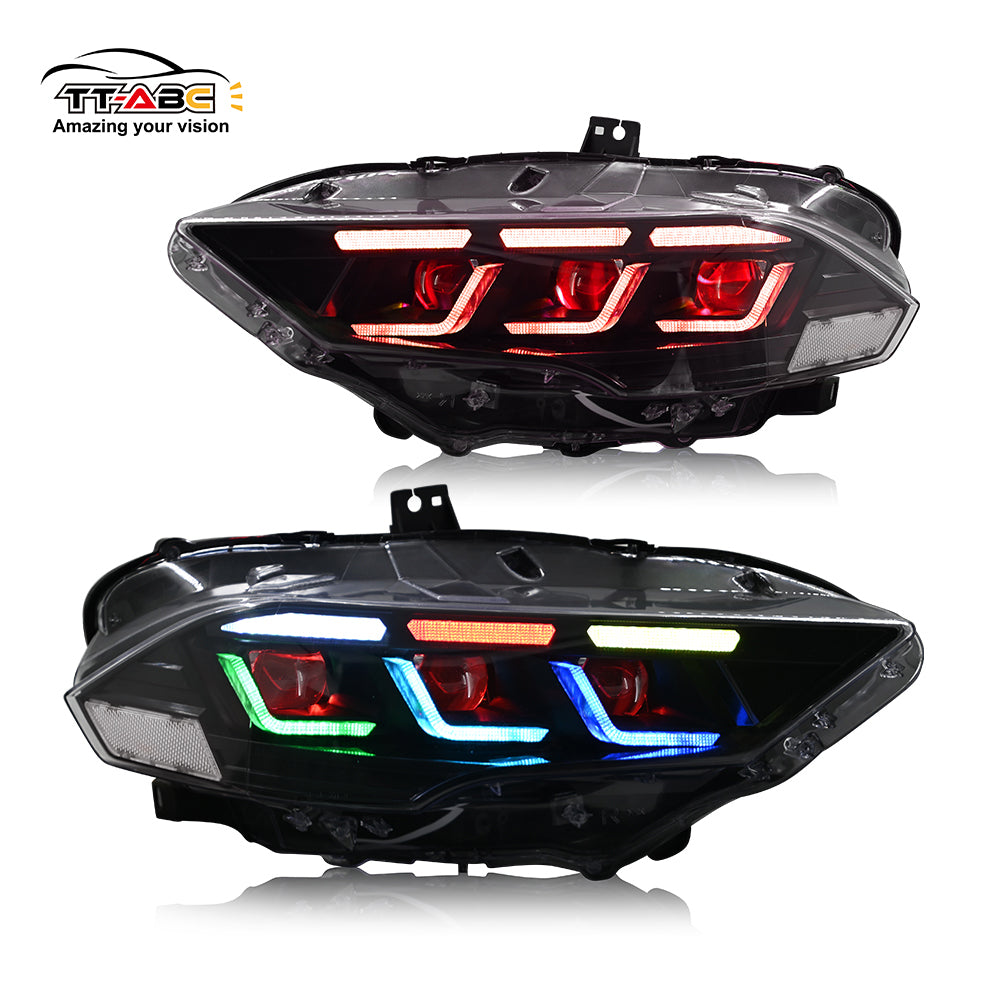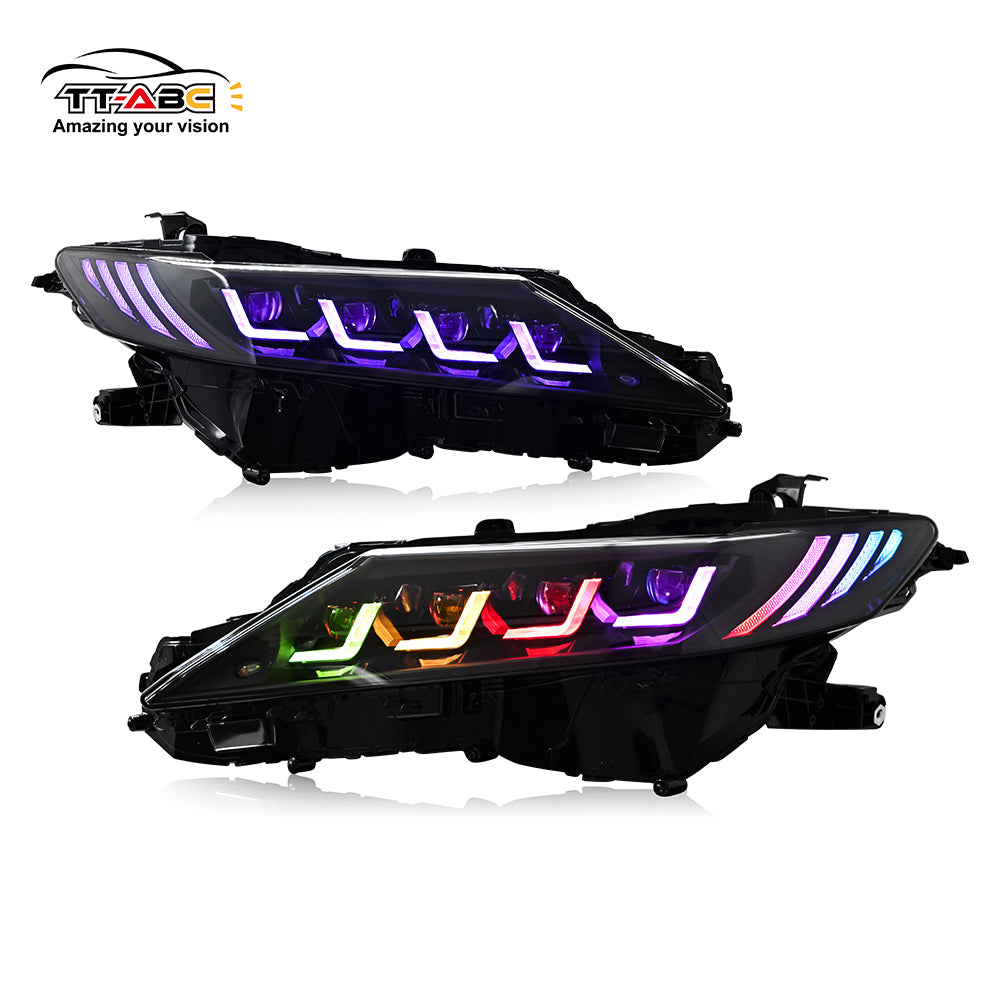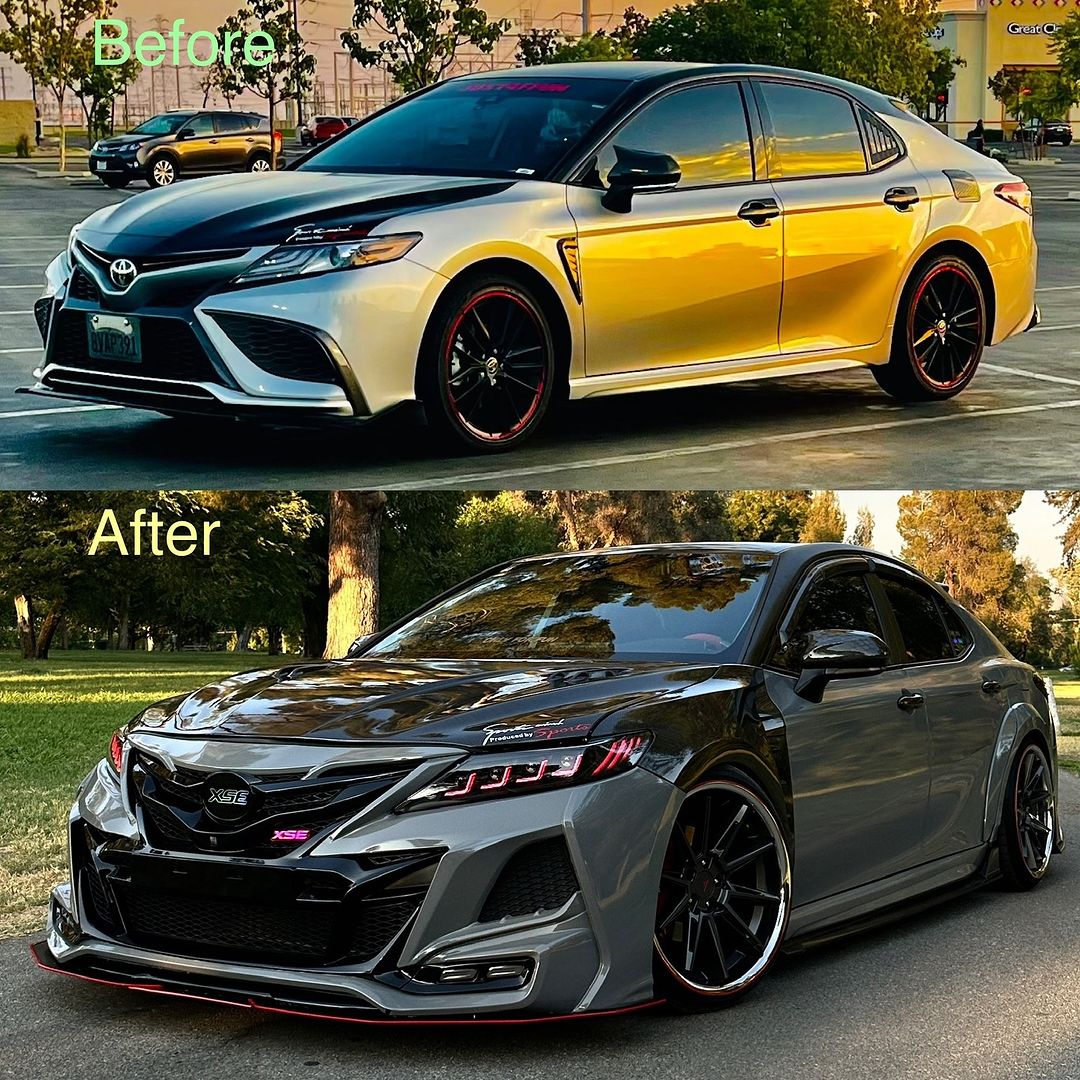With the continuous development of vehicle technology, LED (Light Emitting Diode) headlights have become the mainstream choice for modern automotive lighting systems. Although LED headlights have many advantages, such as high brightness, low energy consumption and long life, they tend to be more expensive than original car lights. The following will explain from several aspects why LED headlights are more expensive than original car lights.
Technology cost
LED headlights use advanced light-emitting diode technology, which is more expensive than traditional halogen or xenon bulbs. The light-emitting diodes used in LED headlights require the use of expensive materials such as gallium, arsenic and aluminum gallium arsenide. In addition, manufacturing high-quality LED headlights requires precision manufacturing processes, including micro-sized chips and fine welding techniques. The costs of these materials and processes will directly affect the price of LED headlights.
Energy efficiency and longevity
LED headlights have higher energy efficiency and longer life than original car lights. LED headlights can provide brighter lighting while consuming less energy. Their lifespan is typically longer than traditional car lights, which can reach tens of thousands of hours. This makes LED headlights more economical in the long term, but also results in an increase in their initial price. Car owners can save money through reduced energy consumption and less bulb replacement maintenance costs.
R&D and design expenses
In order to develop and design LED headlights, manufacturers need to invest a lot of R&D funds and human resources. The continuous improvement and innovation of LED technology requires a lot of research and experimentation. Manufacturers must invest in researching new materials, processes and designs to improve the performance and reliability of LED headlights. These R&D and design costs will directly affect the price of the final product.
Market demand and supply chain
LED headlights are currently becoming more and more popular in the automotive market, but at the same time, the supply chain and production capacity may not yet fully meet demand. An imbalance between supply and demand can cause prices to rise. In addition, some high-end car manufacturers tend to use LED headlights in their models, which will also increase their prices. Demand for high-end cars and brand premiums make LED headlights more expensive.
Additional features and design
LED headlights often come with more additional features and design elements, such as adjustable lighting modes, automatic switches and daytime running light functions. These additional features and design elements increase manufacturing costs, causing the price of LED headlights to rise.
It should be pointed out that with the advancement of LED technology and intensified market competition, the price of LED headlights is expected to gradually decline. As LED technology matures and is mass-produced, material costs and manufacturing costs are likely to decrease, making LED headlights more common and affordable.
To sum up, the higher price of LED headlights compared to original car lights is mainly due to a comprehensive summary of factors such as technology cost, energy efficiency and lifespan, R&D and design expenses, market demand and supply chain, as well as additional functions and design. LED headlights are Compared with original car lights, the price is higher mainly due to the following reasons:
Technology cost: LED headlights use advanced light-emitting diode technology, which requires the use of expensive materials and precise manufacturing processes, which leads to an increase in their costs.
Energy efficiency and lifespan: LED headlights have higher energy efficiency and longer lifespan, can provide brighter lighting effects and are long-lasting, which makes LED headlights more economical in long-term use, but also leads to an increase in their initial price.
R&D and design costs: The R&D and design of LED headlights requires a large investment of capital and human resources, including research on new materials, processes and designs to improve the performance and reliability of LED headlights.
Market demand and supply chain: As LED headlights become more popular in the automotive market, the supply chain and production capacity may not fully meet demand, and the imbalance between supply and demand may lead to price increases. In addition, some high-end car manufacturers tend to use LED headlights in their models, which will also increase their prices.
Additional features and design: LED headlights usually have more additional features and design elements, such as adjustable lighting modes, automatic switches, and daytime running light functions, which increase the manufacturing cost and thus lead to an increase in the price of LED headlights.
It should be noted that with the advancement of LED technology and intensified market competition, the price of LED headlights is expected to gradually decrease. As LED technology matures and production scale expands, material costs and manufacturing costs are likely to decrease, making LED headlights more common and affordable.




















